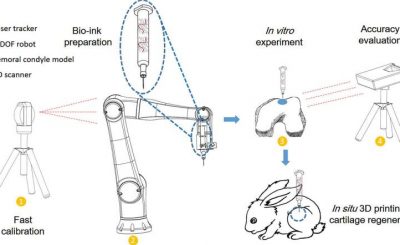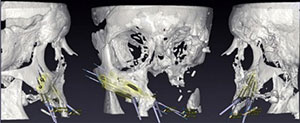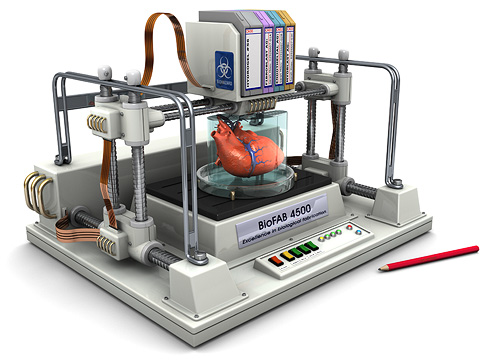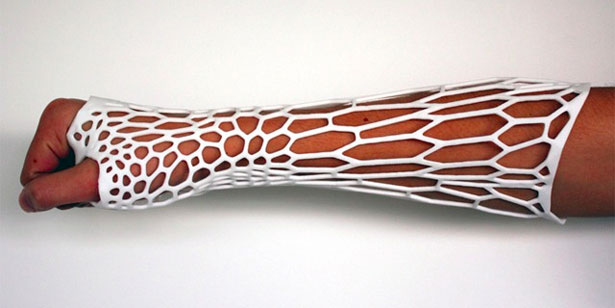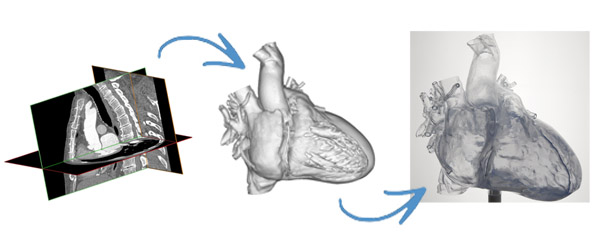
Creating traditional prosthetics is very time-consuming and destructive, in that any modifications to the prosthetics would destroy the original molds. Moreover, the cost of traditional prosthetics is a significant barrier to those without significant resources. Researchers at the University of Toronto, in collaboration with Autodesk Research and CBM Canada, used 3D printing to quickly produce cheap and easily customizable prosthetic sockets for patients in the developing world, particularly Uganda. Similarly, “Not Impossible Labs” based in Venice, California took 3D printers to Sudan where the chaos of war has left many people with amputated limbs. The organization’s founder, Mick Ebeling, trained locals how to operate the machinery, create patient–specific limbs, and fit these new, very inexpensive prosthetics. This work is also being driven quite significantly by two major organizations, Robohand and E-Nable, whose 3D printable prosthetics have proliferated with wild success.
3. Drugs:
Lee Cronin, a chemist at the University of Glasgow, wants to do for the discovery and distribution of prescription drugs what Apple did for music. In a TED talk Cronin describes a prototype 3D printer capable of assembling chemical compounds at the molecular level. Patients would go to an online drugstore with their digital prescription, buy the blueprint and the chemical ink needed, and then print the drug at home. In the future Cronin suggests that we might sell not drugs but rather blueprints or apps. Progress is already being made in this direction as Louisiana Technical University researchers have printed biocompatible, biodegradable 




